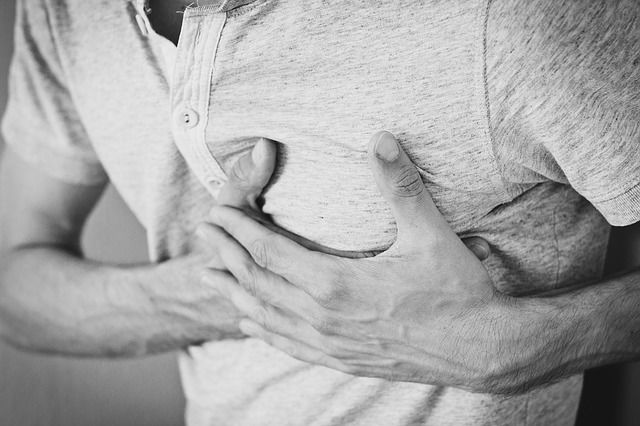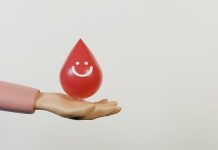
A new study published in Nature Communications has found why a blow to the chest can have very different effects on your heart.
They developed a new device that could subject cardiac tissue to strain patterns that closely mimic realistic chest impacts.
The research was done by a team from EPFL’s Soft Transducers Laboratory and the University of Bern.
Previously, scientists have found that a blow to the chest could have very dramatic effects.
For instance, some baseball players have died after being hit in the chest by a baseball.
But patients with heart disease could be saved by an appropriately timed thump to the chest.
It is known that such blows can create rapid strains on heart tissue, but it is unclear how it works.
In this study, the researchers developed a device consists of stretchable, thin gold and carbon electrodes deposited on a silicone membrane.
According to the scientists, the gold electrodes measure the cellular electrophysiological response, while the carbon ones create the strain in the cardiac tissue.
This new device could generate cellular strains in the order of 10-12%. This is similar to a normal heartbeat.
Moreover, it could produce that strain up to 100 times faster than what the heart encounters during normal function. This is very similar to what happens during a blow to the chest.
The researchers found even very rapid strains do not affect electrical impulses. This means other factors may play a big role in the strong effect of a blow on the chest.
The researchers suggest that their device could help examine why specific drugs or gene therapies could benefit the mechano-electrical coupling in the heart.
One study co-author is Matthias Imboden, aEPFL post-doc.
Copyright © 2019 Knowridge Science Report. All rights reserved.
Further reading: Nature Communications.



